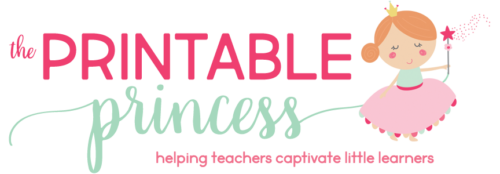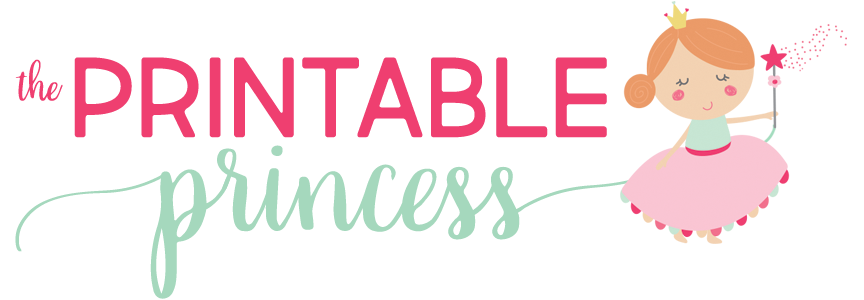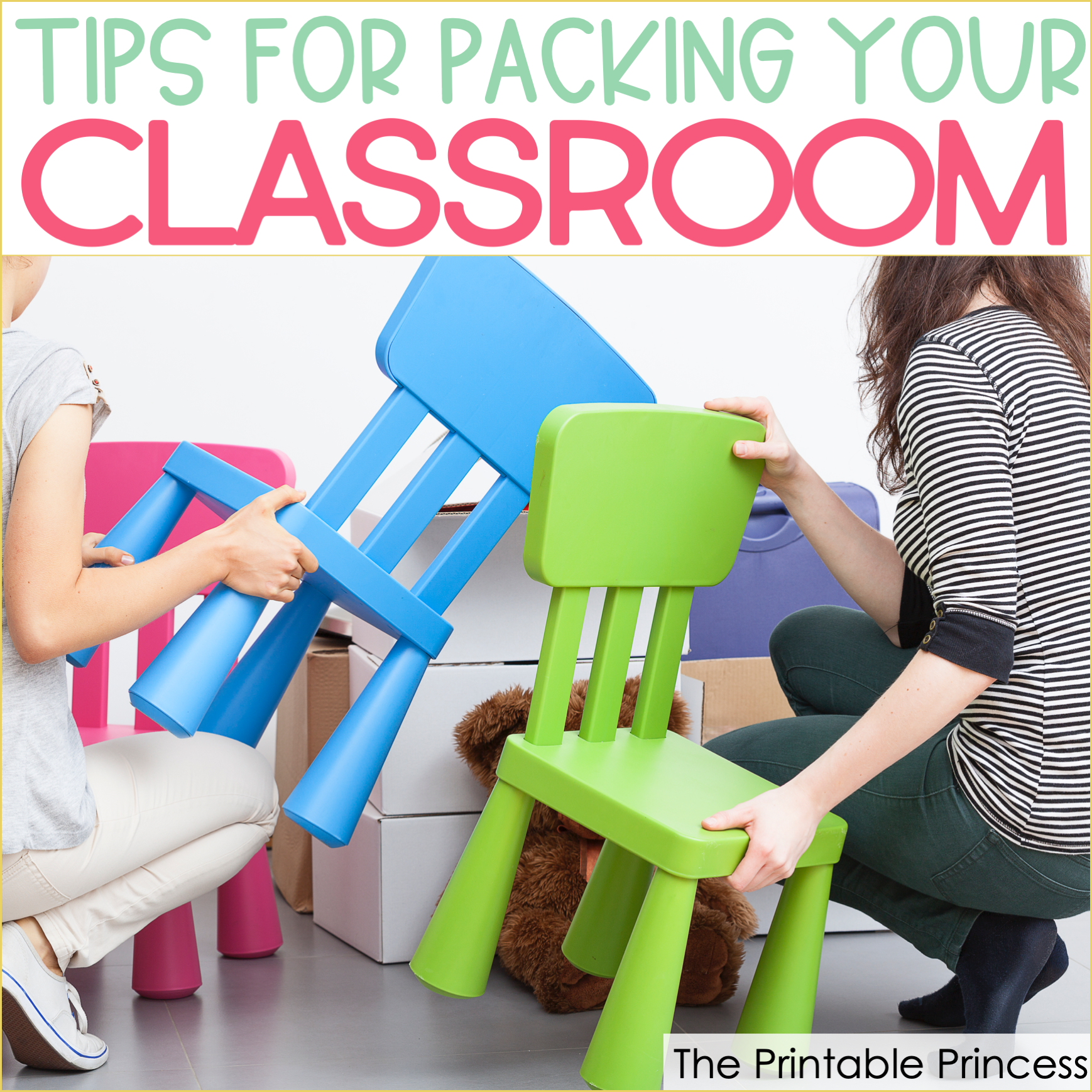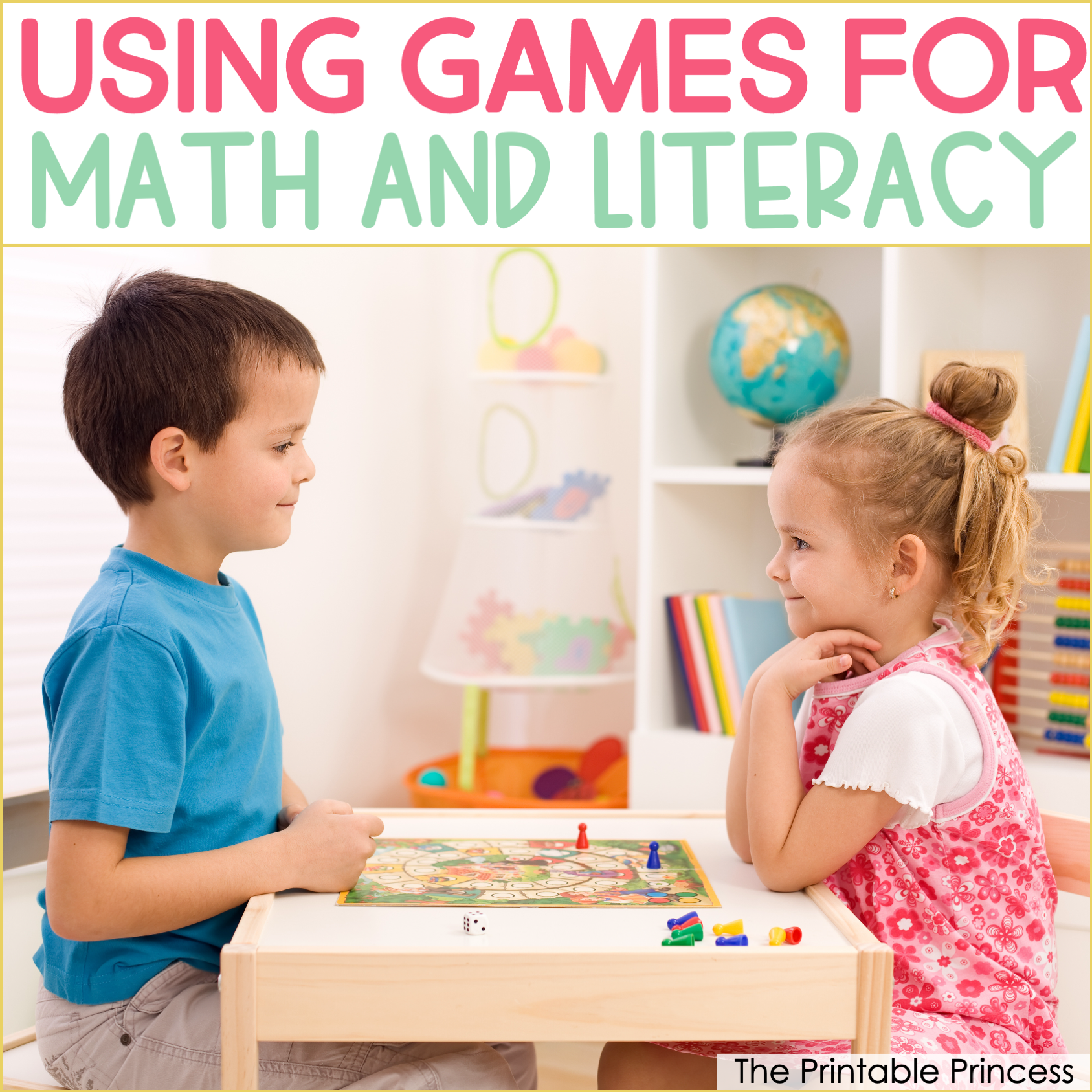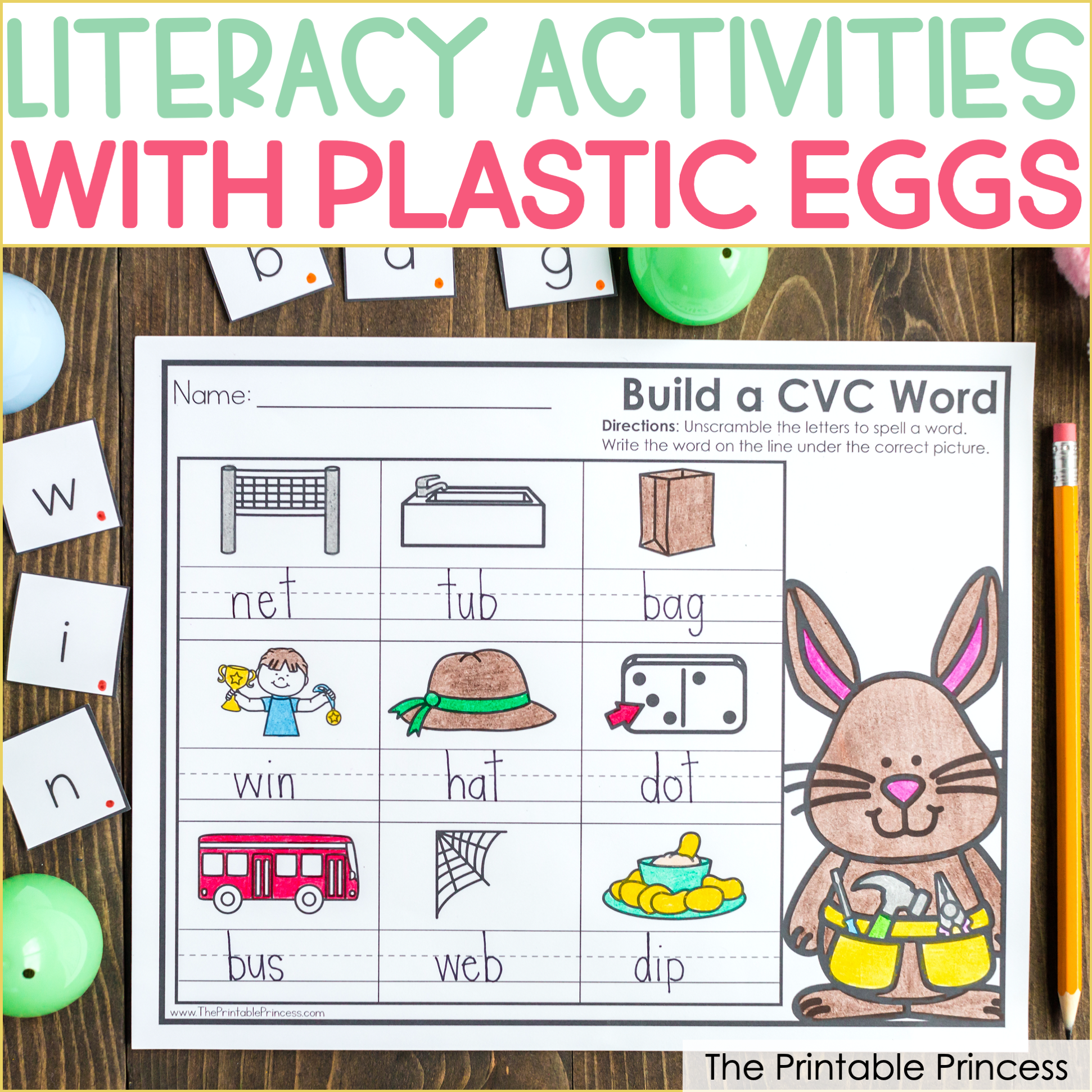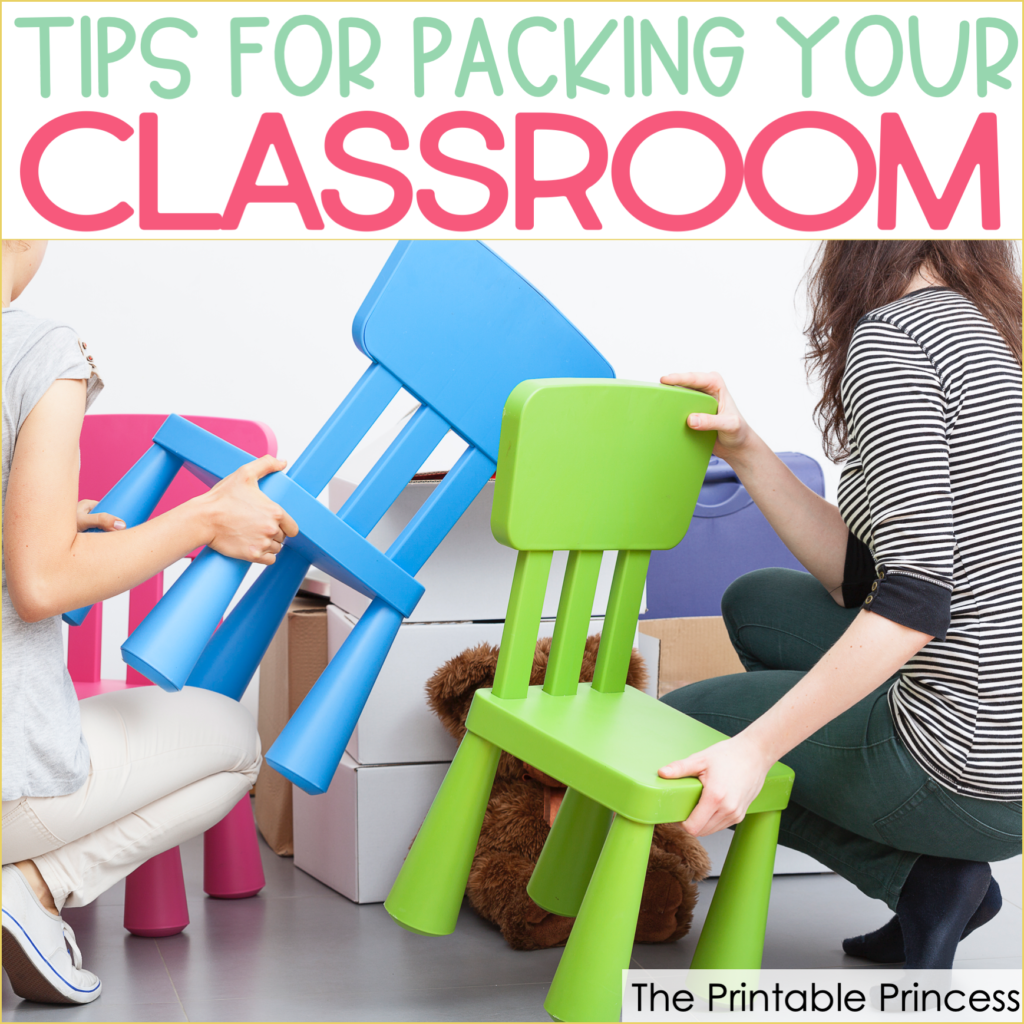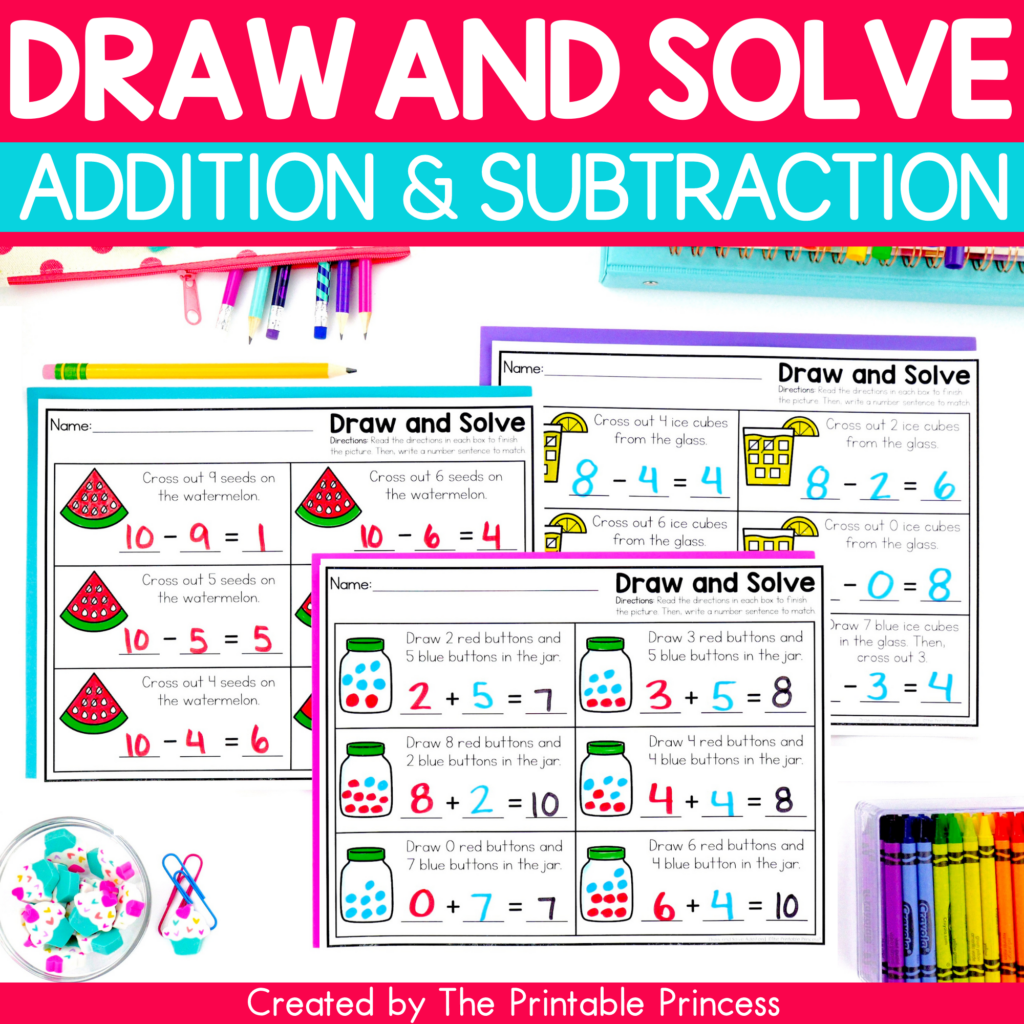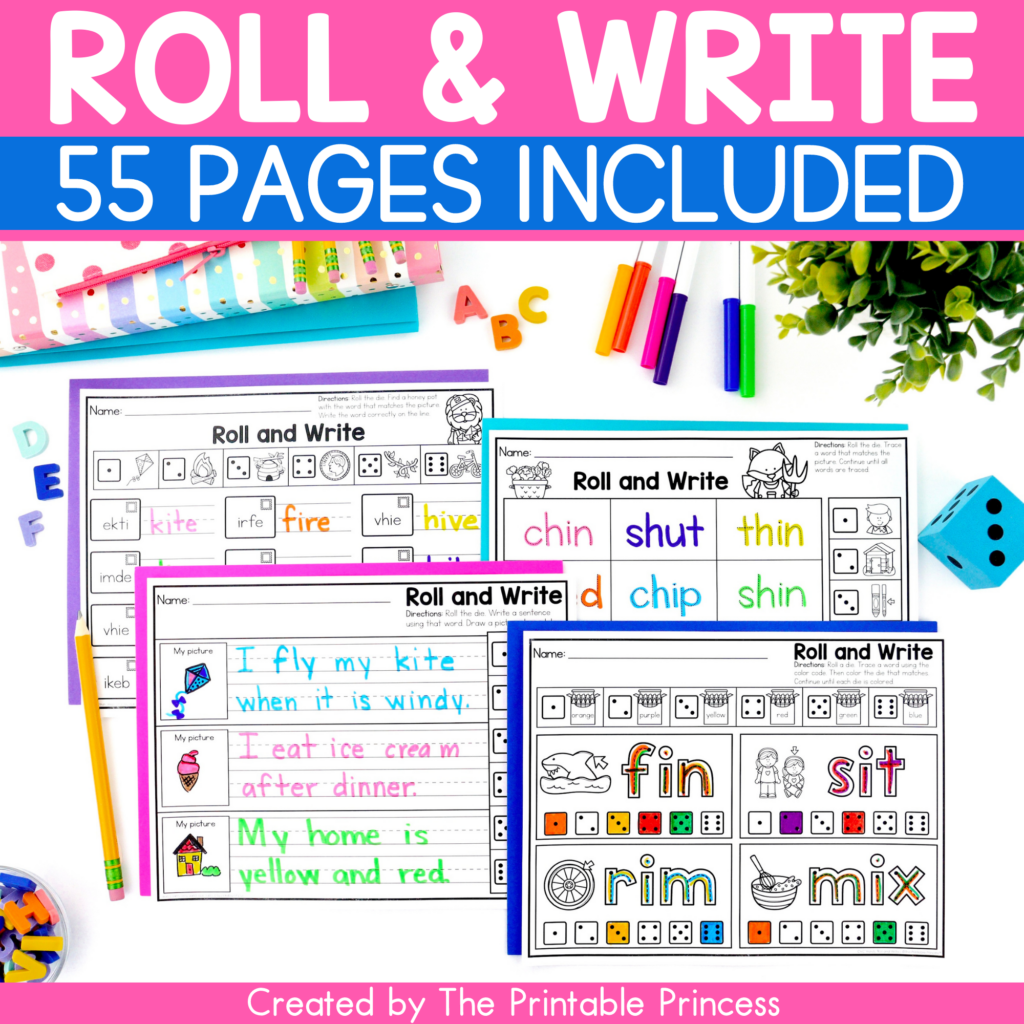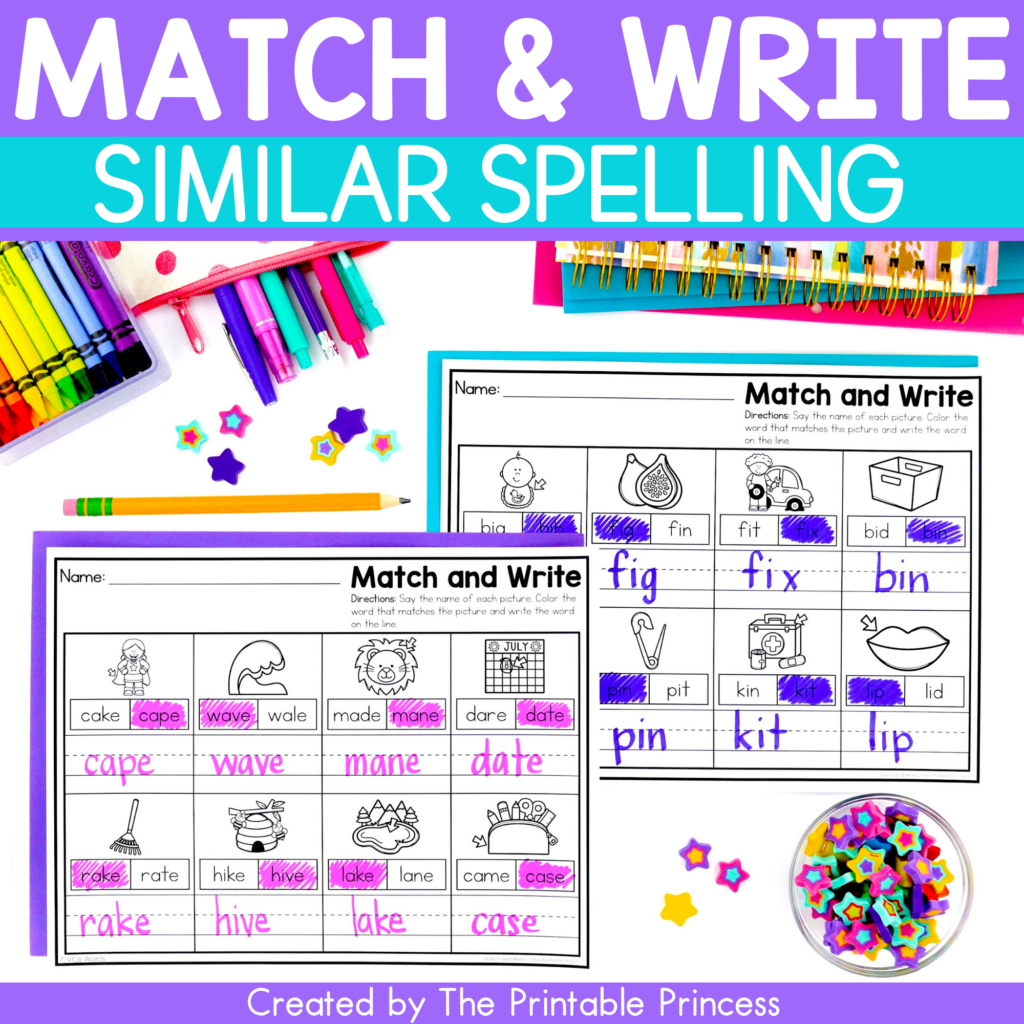Teaching CVCe Words: Fun and Effective Strategies That Work
There’s this moment that happens every year—the one where you write “cap” on the board, then sneak in that little ‘e’ at the end. Suddenly, “cap” becomes “cape,” and the whole class gasps like you just pulled a rabbit out of a hat.
Magic? Kind of. But also phonics.
Teaching CVCe words (a.k.a. magic E, sneaky E, or silent-but-mighty E) is a big leap for our youngest readers. Once students feel solid with short vowels, it’s time to introduce this new twist: long vowels… plus the mysterious E that says nothing but changes… everything.
It’s a significant shift—but with the right CVCe word activities and a little creativity, your students will be confidently reading and spelling words like cake, bike, and home!
Bridge the Gap Between CVC and CVCe Words
Before students can read “cake” and “bike,” they need to understand how that ‘silent e’ changes the whole word. One simple—and effective—way to teach CVCe words? Start with visual word comparisons.
Write a CVC word on the board like “kit.” Say it together. Then, write “kite.” Let the class hear the difference.
Visual and verbal side-by-sides help students see the vowel change and hear the power of that ‘final E.’ It’s the kind of activity that takes two minutes but packs a serious punch.
Inside the CVCe Toolbox, you’ll find picture-based activity mats and world-building resources, task cards, and games that walk students through this transition step by step. No laminating marathons needed!
Keep Vowel Sounds Focused & Intentional
Here’s the thing: if you’re teaching CVCe words and you try to teach all the long vowels at once, it’s like asking kindergartners to juggle five balls after just learning to catch. Way too much, way too fast.
Instead, spend time with each vowel. Start with long A—words like cake, lake, tape. When students feel confident, then move on to I, then O, and so on.
The CVCe Toolbox is organized exactly this way, with dedicated resources for each vowel sound: task cards, matching games, printable centers, and low-prep activities that help you zero in on what your class needs most.
Yes, that’s right… no hunting down new resources each time you’re working on teaching CVCe words!
Use Visuals + Hands-On Practice
Give a kindergartener a magnetic letter, and you’ll have their full attention. Add a dice game for teaching CVCe words? Now you’ve got phonics fun.
CVCe learning thrives when students can build words, move letters around, and see the vowel shift right in front of them. Every activity in the CVCe Toolbox includes visual “I Can” cards so students can work independently at centers, even when you're busy with a small group.
The goal? Less repeating directions and confusion, more actual learning.
Build Fluency with Practice that Feels like Play
Once your students crack the CVCe code, it’s all about fluency and repetition. But worksheets alone won’t get you there.
That’s where partner games, pocket chart activities, and matching tasks come in. Think: phonics meets playtime.
CVCe Toolbox “play” favorites?
- Pocket Chart Matches that let students become “word detectives”
- Partner and Small Group Games like Read and Grab, Bingo, Memory Matching, and Pick a Pair
- Activity Mats like Spot and Cover and Color Cube Color
- Whole Group Activities like Listen and Color
- CVCe Craftivities
Include Writing, Spelling, and Assessments, Too
Blending and reading CVCe words is step one. But we also want students writing and spelling ‘magic E words’ independently.
That’s why the CVCe Toolbox includes crafts, writing tasks, and assessments that let students show what they know without fancy materials—just pencils, crayons, and glue. It all ties back into the phonics skills they’re building.
Even the assessments feel low-pressure and kid-friendly—like just another fun activity.
Why I Made the CVCe Toolbox (and Why You’ll Use It All Year!)
Teachers want something simple. Something complete. Something that doesn’t make them sort through a dozen folders, wondering where they left the ‘long O’ printables.
So I made the CVCe Toolbox! It’s the perfect go-to for when you need:





Need a quick CVCe reading center? Done.
Running a CVCe small group with just 10 minutes left? Grab a game.
Trying to differentiate long vowel sounds? There’s a sort for that.
Whether you’re introducing long vowels or reviewing them later in the year, the CVCe Toolbox helps your students get the hang of the ‘silent E’—without all the extra prep for you.
DIY Ideas for Teaching CVCe Words When You’re in a Pinch
Need something on the fly? These simple DIY CVCe activities use materials you already have (and your students already love):
*Remember: the more hands-on and interactive you get, the more invested students will be, and that engagement is key to their success!
Wand It, Read It!
Materials: Word cards, craft stick “magic wands”
Place word cards with the missing final “e” (e.g., cak, rid, tub) around the room. Students use their “magic wand” (a craft stick or straw with a star on top) to point at the words and say the short vowel version. Then, they add the ‘silent e’ and say the long vowel version.
Silent E Switcheroo
Materials: Small dry erase boards or laminated mats, markers
Call out a CVCe word (“bike”) and have students write the base CVC word first (“bik”). Then, they “switch” it to a real word by adding the ‘magic E.’
Bonus: Ask them to draw a quick sketch of the word’s meaning to reinforce comprehension!
Roll-a-Vowel Challenge
Materials: Dice labeled with long vowels (A, I, O, U, E), word-building mat
Students roll a vowel, then try to build a CVCe word using that vowel (e.g., roll “I” → try to build “ride” or “hike”). Use letter tiles, dry erase markers, or cut-up paper squares.
To level up: Have them write a sentence using their new word!
The Case of the Silent E (Detective Word Hunt)
Materials: Magnifying glasses (real or pretend), word cards
Hide real and nonsense CVCe word cards around the room. Students become detectives searching for the real words with a “silent suspect”—the sneaky E!
They will record each CVCe word they find in a notebook or checklist.
Target the E!
Materials: Ping pong balls or pom-poms, cups labeled with CVC base words
Set up cups with words like “hop,” “rid,” and “tub.” Have students toss a small ball into a cup, then add the ‘magic e’ and read the new word aloud.
You don’t need special materials or a new set of centers for every vowel. To teach CVCe words, you just need the right tools—and maybe a little sprinkle of that teacher fun you always bring.
The CVCe Toolbox is packed with kid-friendly activities, built-in visuals, and ready-to-go resources that make teaching CVCe words feel successful (and even fun!) for everyone.
*Want tips for teaching CVC words, blends, and digraphs? Check out these other posts!

